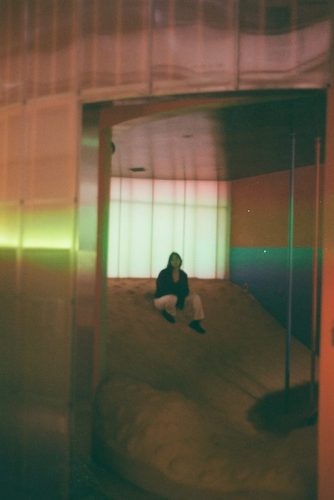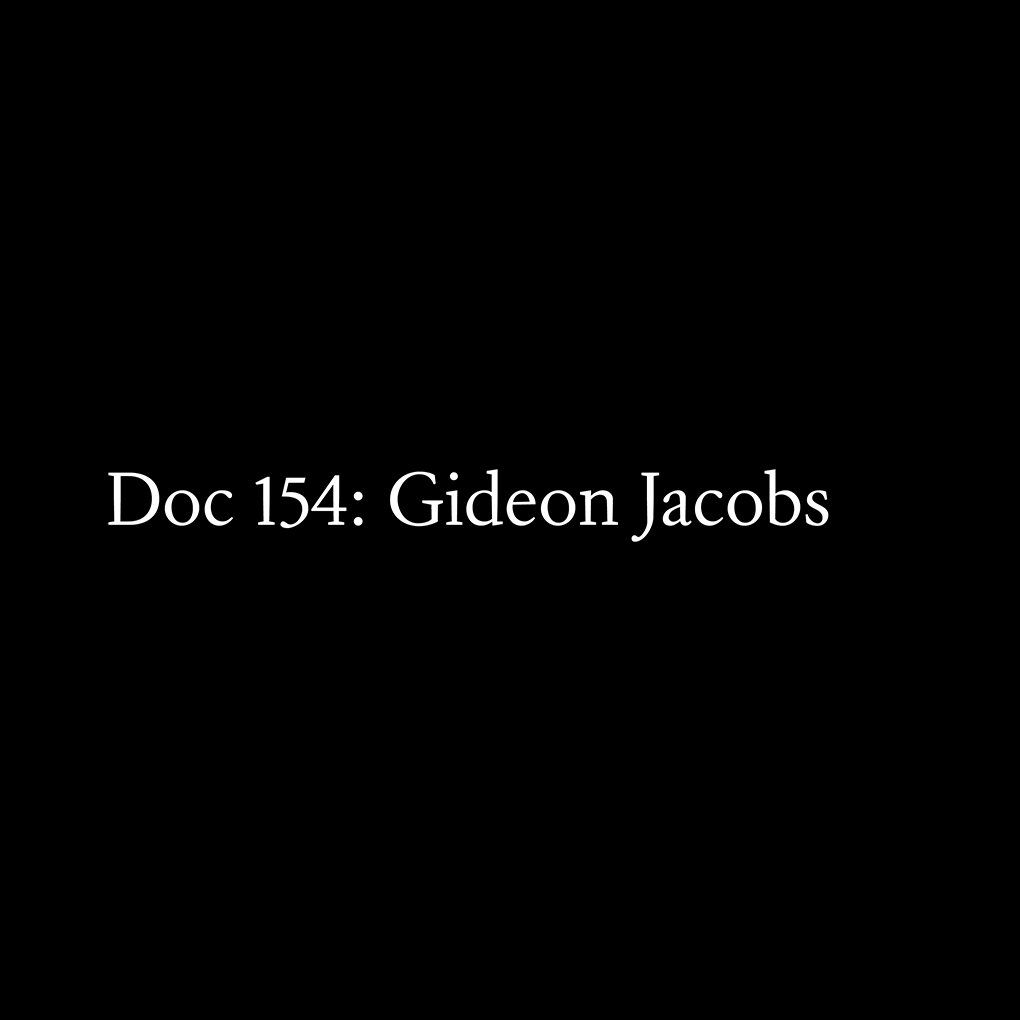
I was trying to save the house I grew up breaking into. In Springs, a quiet hamlet in the Hamptons that many artists I’d admired had passed through (Ossorio and Frank O’ Hara are buried there) was “The Bioscleave House”—a house designed by the artist couple Arakawa and Gins. They claimed the house could make you live forever. They thought comfort killed you and in order to reverse your destiny you had to stimulate every muscle in your body. They eventually died but the house remained. It looked like the level of a video game someone on drugs drew. The floor rolled out like sand dunes. Colors everywhere. Poles ran from floor to ceiling to help you get around. No doors to any room which meant being exposed even in the bathroom. The possibility of getting hurt was real because the space pulled you in, in a violent way. I thought then if I had to die, this is where I would have wanted it to happen.
I called everyone to reverse the destiny of the reversible destiny house. It had been on the market for years and now had a bid for demolition. No one wanted to live there. Things needed fixing. A faint odor lingered. It was cryptic and impossible and didn’t belong. To me it stood for everything worth fighting for. At the time my childhood home had just sold. The two houses were a ten-minute drive from one another. These had been my things to get away from things as they really were. I wouldn’t have this ending. I wasn’t willing to concede. I became desperate. I considered desperate things. Someone took a photo of me during this time. When I saw it it seemed true, true to how I began to dissolve, how indistinguishable we can get in the dark. I saw me and I didn’t see me.
Micaela Durand is a filmmaker who lives and works in New York.

